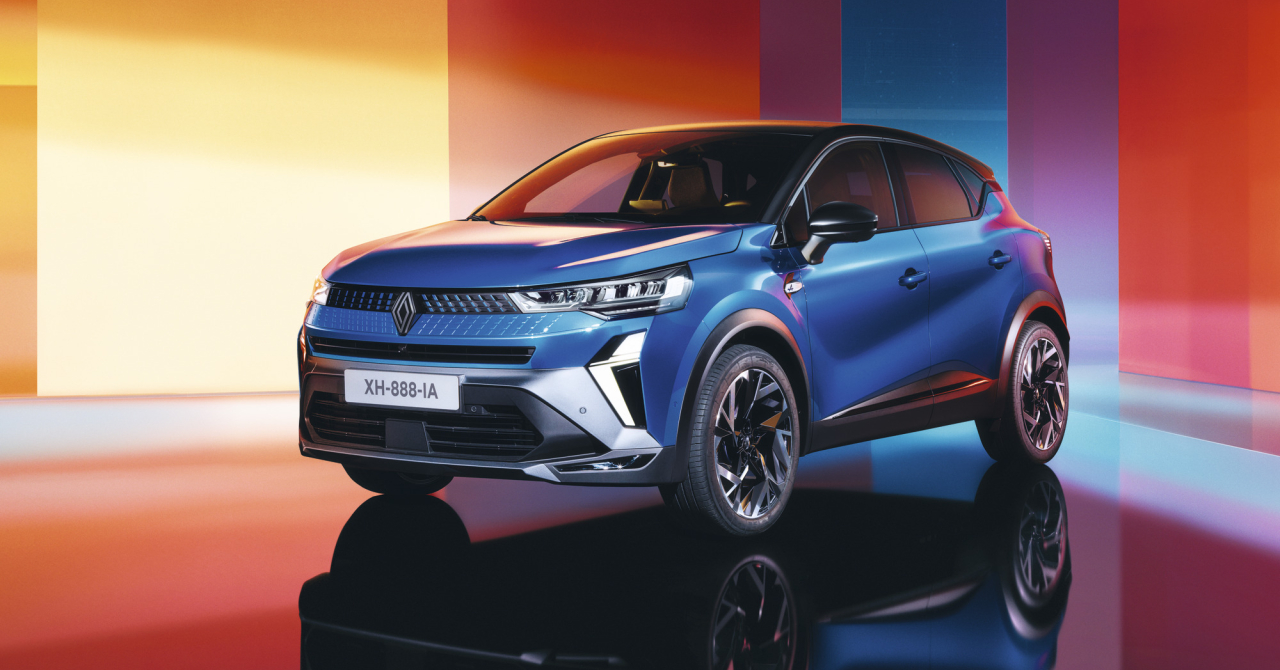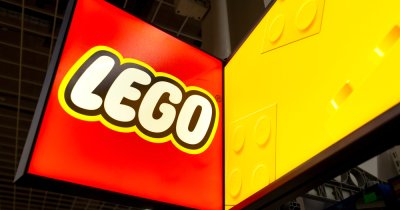As per Renault officials, the new Captur will be made in Spain at the factory in Valladolid, where the previous generations of the SUV have been assembled, as well. Over 2.2 million Capturs left the factory since 2013.
Back to the new model, Renault revised the exterior and interior of the new Captur to resemble more of the design language found across the rest of the lineup. Thus, there are more straight lines than before and the front of the vehicle bears a more "athletic and premium" design, as per the French company. Two vertical headlights are shaped as lightning bolts and the dual-tone chassis can bear 14 possible color combinations for customers to choose from.
What's great is that Renault made the Captur more power efficient and modern by adding full LED headlights on all versions, offering better visibility than before.

While we're on the subject of efficiency, the car can be equipped with 17, 18 or 19-inch rims in the Esprit Alpine version, depending on the needs. If you are looking for more dynamic capabilities, the larger wheels are better, while the 17-inch versions should provide more comfort and better off-road potential.
New infotainment system for easier control
As per Renault officials, this is the first time the OpenR Link system, equipped with Android Automotive 12, made its way on a B segment SUV. Android and iOS devices can be connected via cable or wirelessly through Android Auto or Apple CarPlay and below the tablet sits the wireless charger for your phone.
The OpenR Link and some of the car controls, such as switching drive modes, can be handled through the Google Assistant, making it safer to change certain settings, without taking your hands off the wheel.

The Google Maps navigation system can be displayed on the large vertical tablet or directly on the dashboard, similar to the Megane E-Tech.
Comfort and powertrain
The new Captur continues to use one of the nicer features from the previous generations, which is the gliding rear seats, which can offer you better legroom or more space in the trunk, depending on the needs. Thus, with the bench glided forwards, the boot space is 616 liters, but it can go beyond 1.500 liters with the seats folded.
The passengers can enjoy up to 221 mm of legroom with the bench glided all the way backwards.
Renault is committed to remove the use of chrome or leather accessories or inserts in its vehicle as a promise for sustainability, making the new Captur more planet friendly. By 2025, the French company wants to fully remove leather from its cars by 2025, replacing it with a granular material, similar to the one found in this model.
Recycled textile fabrics are also implemented in the new Captur and the Esprit Alpine version comes with over 26% recycled fabric contents.
As far as the powertrains go, the Captur comes with various multi-energy combinations. The car can be equipped with gasoline only engines, but there are also two mild hybrid options, in the form of the 1.3 TCE 140 mild hybrid 48V, as well as the 1.3 TCE 160 mild hybrid 48V, which comes with an automatic EDC transmission.

A 1.6 liter 145 HP full hybrid powertrain is also available, which comes with the multimode gearbox, which is probably similar to the one found on the Dacia Jogger that we also recently tested and enjoyed. The 1.2 kWh battery can allow the new Captur to be driven around 80% of the time in electric mode in city environments, say Renault officials, which can translate to 40% fuel savings.
Additionally, Renault offers a 1.0 TCE 100 LPG engine, which can cut CO2 emissions by 10% if using its with liquefied petroleum gas, instead of gasoline.
The price of the new Captur, which comes with 28 safety-oriented features, has yet to be revealed.
 Mihai - Cristian Ioniță
Mihai - Cristian Ioniță












Any thoughts?